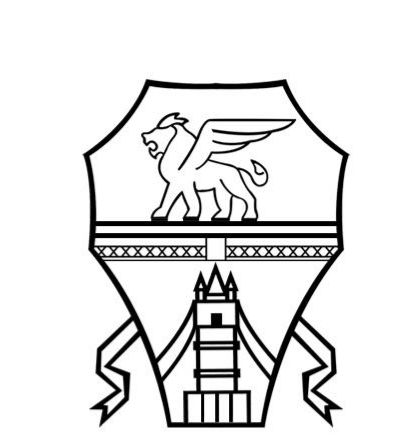All sites are different.
For this reason, the success points of a specific website may not be such for other sites.
To measure the success of your site, you must first define the “goals” you want to achieve, your goals (more sales, more traffic, more shares, etc) and evaluate if your portal truly respects the parameters necessary to obtain the result desired.
Don’t leave anything to chance . By following this ladder you will be able in a short time to understand how to modify / develop your site so that you can get the desired results.
Set Goals and make sure you set SMART goals in line with your goals:
An example?
Let’s say you are a company that sells shoes. Your goal is to sell shoes. You can use the site to increase your sales by taking advantage of online commerce. You want your site to sell 500 pairs of shoes per month (measurable and constrained over a defined period of time), at least 400 more than what you sold last month (challenging, but realistic). How will you measure your success?
As mentioned, the definition of a ” successful website ” varies from company to company, depending on the objectives it sets itself. What does not vary, however, are the tools with which such success is measured (an example is Analytics). The factors that are measured with analytical tools are called metrics .
All metrics fall into four categories: consumption , sharing , lead generation (a set of marketing actions aimed at acquiring and generating a list of customer contacts who are really interested in what you offer), and sales .
Keep an eye on these 4 key metrics to get a good idea of your website performance.
Let’s see them briefly:
Consumption metrics Consumption
refers to the content that visitors see and “consume” when they visit your website.
Some examples are:
The number of pages visited . It gives you an idea of which pages of your site have been the most consulted, so which content users are most interested in. This can give you several insights. If you have a blog, for example, it means that users read articles on that topic much more willingly.
If you have an ecommerce it means that visitors are more interested in that article than others, so you could propose similar articles on that same page.
The number of views of a video . You can measure these metrics using YouTube Insights, or its equivalent, if you’re using another video host.
The number of downloads . If several users have downloaded an audio, video or document, it means that they have found it useful and interesting. Good reason to produce others on the same mold and ask for them to be shared or subscribed to your newsletter in order to then be able to contact those who have used your material and who could become your customer.
Consumption metrics are important because they help you understand how content is displayed.
Lead Generation Metrics
This type of metric is a tough nut to crack for companies, especially for those who work in B2B.
The goal is to provide rich and interesting content, in order to move site visitors to your “Contact Us”, transforming them from passive viewers to active and loyal followers (and customers).
One example is the conversion rate. How many users visit your site and then sign up or buy? How many abandon? And above all at what point do they abandon?
Sales metrics
If you use the website to sell products and services, then this metric is by far the most important. Sales tracking usually involves analyzing the data within the CRM system you use for your business and to save your customer data. In order to effectively track sales metrics, you need to include trackable components on your website (such as a call-to-action to a product landing page). This way you will be able to track which content on your web portal actually leads visitors to purchase your products or services.




